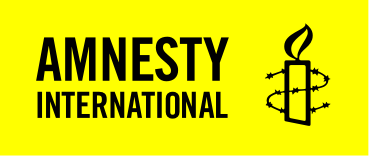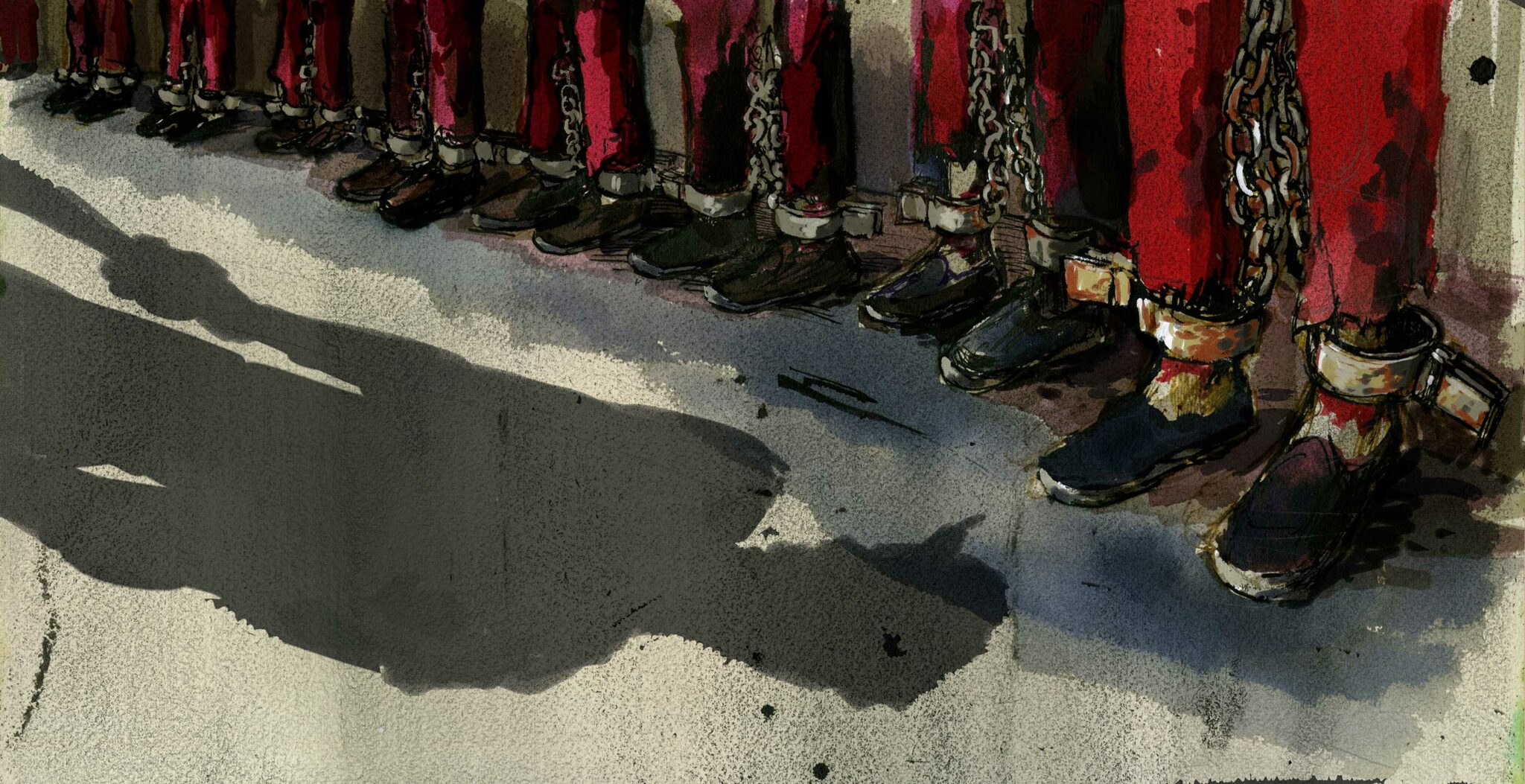Research Methods
This report is a product of field and remote research carried out between October 2019 and May 2021. The report’s findings and conclusions are based on first-hand testimonies that Amnesty International gathered from former detainees of the internment camps and other people who were present in Xinjiang after 2017, as well as from an analysis of satellite imagery and data. The report also draws on testimonial evidence and confidential government documents gathered and analysed by journalists, scholars, and other human rights organizations.

108 people were interviewed for this report: 55 former detainees of internment camps in Xinjiang (37 men and 16 women), 15 other people who lived in or visited Xinjiang since 2017, and 48 family members of people from Xinjiang who are currently missing or detained. The majority of the interviewees were Kazakh, a minority were Uyghurs, and a small number were Kyrgyz, or Han Chinese.
The former detainee testimonies represent a significant portion of all public testimonial evidence gathered about the situation inside the internment camps since 2017. Forty-four of the 55 former detainees interviewed for this report had never shared any part of their stories publicly before, and several others had never shared significant portions of their stories. According to the Xinjiang Victims Database – a website run by human rights researchers and activists that aggregates and synthesizes all publicly available testimony related to Xinjiang internment camps – excluding the former detainees interviewed publicly for the first time in this report, fewer than 40 former detainees have ever spoken publicly. [[[See Xinjiang Victims Database →]]]
Many of the interviews done for this report were arranged with the assistance of two human rights organizations based in Kazakhstan.
Amnesty informed all interviewees about the nature and purpose of the research and about how the information they provided would be used. Oral consent was obtained from each interviewee before the interview. No incentives were provided to interviewees in exchange for their accounts. Interviews generally lasted between four and 12 hours and were often conducted over the course of multiple days. The vast majority of interviews were conducted using translators fluent in Mandarin Chinese, Uyghur, Kazakh, or Kyrgyz; a few were conducted in English and Mandarin Chinese. Interviews were conducted in person in Kazakhstan, Kyrgyzstan, and Turkey and remotely in several other countries in Asia, Europe, and North America. Interviews with former detainees and witnesses were conducted individually.
For reasons related to access and the security of the interviewees, no interviews were conducted in Xinjiang either in person or remotely. The government of China threatens, detains, tortures, and forcibly disappears individuals who speak publicly about the human rights situation in Xinjiang. Many former detainees and witnesses are rightly afraid of being identified as having spoken publicly on this issue.
All interviews with former camp detainees and other witnesses were conducted on the condition that Amnesty International refrain from publishing the interviewee’s name and/or any information that could be used to identify the interviewee, the interviewee’s family or anyone else who might be at risk if they were to be identified. Pseudonyms are used in all cases
Moreover, since only a small number of former internment camp detainees are believed to have left China, and because the Chinese authorities likely know the identity of each of them as well as details about their life and their time in the internment camps, Amnesty took a very cautious approach to including any information that could be used for the purposes of identification. For example, the report does not mention the specific internment camp where any particular interviewee was detained the specific village or town where that person lived, or the specific age of any of the interviewees, and only rarely does it refer to an interviewee’s occupation.



